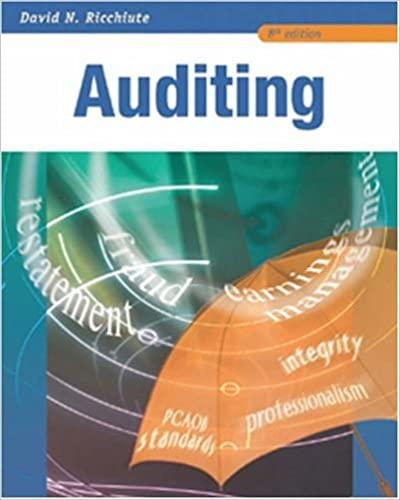







A manufacturing company that produces a single product has provided the following data concerning its most recent month of operations Units in beginning 0 inventory 02:40:01 Units produced 4,200 Units sold 4,100 Units in ending inventory100 Variable costs per unit: Direct materials $ 45 $47 $ 10 Direct labor Variable manufacturing overhead Variable selling and administrative Fixed costs: Fixed manufacturing overhead $88,200 Fixed selling and administrative $ 41,000 What is the variable costing unit product cost for the month? 7 What is the variable costing unit product cost for the mont? Multiple Choice 02:39:55 $131 per unit $102 per unit $119 per unit $110 per unit 9 Smith Co., maker of high-quality eyewear, incurs fixed costs of $22 and variable costs of $44 in making one unit of its matrix line of sunglasses, based on current demand of 100,000 units per year. Smith Co's major supplier has offered to make all 100,000 matrix sunglasses for $51 each. If Smith accepts the offer of the supplier, it will save $4 per unit in fixed costs. Based solely on this information, what is the recommended decision and how much will be saved based on this decision? 02:38:19 Multiple Choice Smith Co. should make the sunglasses in order to save $300,000 Smith Co. should buy the sunglasses in order to save $100,000 Smith Co. should buy the sunglasses in order to save $400,000 Smith Co. should make the sunglasses in order to save $200,000. Diamond Company has three product lines, A, B, and C. The following financial information is available Item Sales Variable costs Product Line A $42,000 $25,200 $16,800 Product Line B $75,000 $40,000 $35,000 Product Line C $18,000 $11,250 $ 6,750 02:3808 Contribution margin Fixed costs: Avoidable Unavoidable $ 4,900 $3,600 8,300 $12,000 $7,500 $15,500 $ 4,800 $2,600 $ (650) Pre-tax operating income If Product Line C is discontinued and the manufacturing space formerly devoted to this line is rented for $6,000 per year, pre-tax operating income for the company will likely: Multiple Choice Be unchanged-the two effects cancel each other out. 02:38:01 Increase by $6,750 Increase by some other amount. Increase by $4,050. Increase by $2,850 The contribution margin per machine hour for a given product is calculated as: Multiple Choice 02:37:51 Selling price per unit less total variable cost per unit, divided by number of machine-hours per unit. Selling price per unit for the product less the product's variable manufacturing cost per unit less the variable selling cost per unit for the product Selling price per unit less variable manufacturing cost per unit for the product in question. Number of machine-hours per unit for the product in question/full-cost per unit of the product. Full cost per unitumber of machine-hours per unit for the product in question. In a sell-or-process-further decision, joint production costs: 12 Multiple Choice 02:37:43 Usually are traceable to individual products/outputs Cannot be allocated to products for financial reporting purposes Are irrelevant to the decision. Should be allocated to outputs based on relative physical units. Should be allocated to outputs based on relative sales dollars. A profitable company pays $96,000 wages and has depreciation expense of $120,000. The company's income tax rate, t, is 30% The after-tax cash flows from these two items are calculated as follows: Multiple Choice 02:37:32 An after-tax cash outflow of $36,000 for wages, and a cash inflow of $36,000 for depreciation expense. An after-tax cash outflow of $36,000 for wages, and a cash inflow of $67,200 for depreciation expense. An after-tax cash outflow of $36,000 for wages, and a cash inflow of $96,000 for depreciation expense. An after-tax cash outflow of $67,200 for wages, and a cash inflow of $36,000 for depreciation expense An after-tax cash outflow of $67,200 for wages, and a cash inflow of $67,200 for depreciation expense














